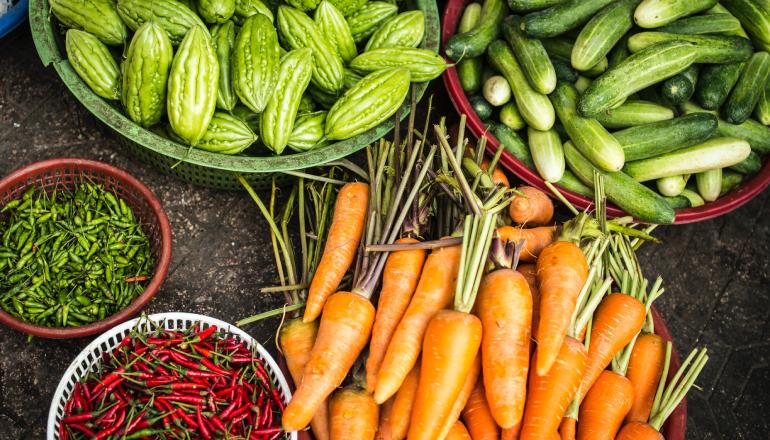NABARD and UNDP India join hands for innovations in agriculture
The National Bank for Agriculture and Rural Development (NABARD) and United Nations Development Programme (UNDP) India have signed a Memorandum of Understanding to co-create data-driven innovations in agriculture and food systems agriculture to support smallholder farmers.
The partnership aims at enhancing and disseminating collaborative digital public goods like DiCRA (Data in Climate Resilient Agriculture)
Under the MoU, the organisations will work to improve the lives and livelihoods of smallholder farmers by sharing open-source data for product development, transfer of technology and supporting the framing of agrarian policies, NABARD and UNDP India said in a joint statement.
DiCRA provides open access to key geospatial datasets pertinent to climate-resilient agriculture.
DiCRA, which is curated by UNDP and partner organisations to inform the public about investments in agriculture, already provides intelligence on climate resilience for 50 million hectares of farmland across the country.
NABARD will host and maintain the DiCRA platform and use its key geospatial datasets for policy making, research and development activities, with UNDP’s technical support, it said.

